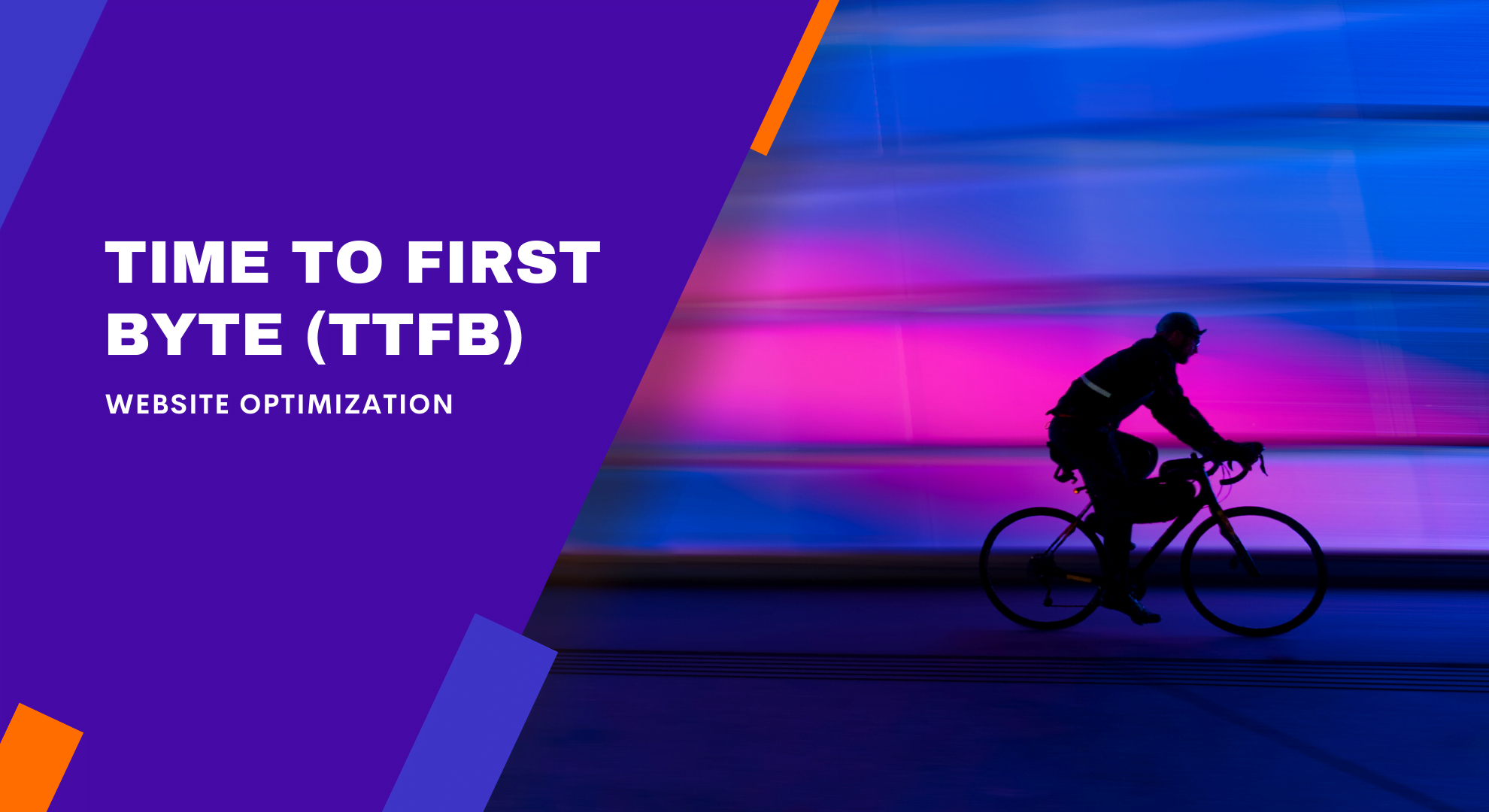Time to First Byte (TTFB) is a metric that gauges how quickly a web server sends the first byte of information in response to a client request. The performance and user experience of a website may suffer from a slow TTFB.
Various Factors Can Slow Down Time to First Byte (TTFB)
Network Latency
The amount of time it takes for data to move between a client and a server is referred to as network latency. The distance between the client and the server, as well as the reliability of the connection, might have an impact on network latency.
Server performance
TTFB can be impacted by how quickly a server responds to requests and processes data. The hardware and software setup of the server, the volume of requests it is currently processing, and the complexity of the resources being requested are all elements that might impact server performance.
Location of the server
TTFB may be impacted by the server’s actual location. The TTFB will be slower if the server is far from the client since it will take longer for data to travel between the two.
CDN Usage
To distribute the material to users based on their location, a Content Delivery Network (CDN) is a network of servers spread out around the globe. By serving material from a server that is closer to the user, a CDN can help to decrease TTFB.
Caching
By keeping frequently used resources locally on the client’s device rather than having to request them from the server each time, caching can help minimize TTFB.
Website optimization
There are numerous approaches to website optimization that can lower TTFB. These include:
- minimizing the volume and size of HTTP requests
- resource minification and compression
- image optimization
Time to First Byte (TTFB) and Database queries
If a website uses a database to serve content, TTFB may be impacted by the time it takes to run database queries. TTFB can be increased by employing a quick database engine, indexing the database, and optimizing database queries.
There are numerous methods available for measuring TTFB, including browser add-ons like Page Load Time and web-based programs like WebPageTest. It is feasible to improve the performance of a website by measuring TTFB and determining the elements that are causing a slow TTFB.






